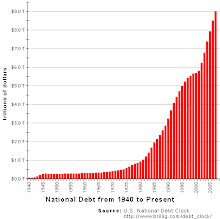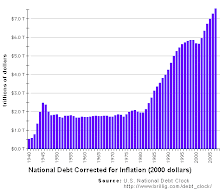
Bonds are classified as "junk" when they are perceived as having excessive risk of default. But because they are riskier, they frequently offer a higher rate of return than bonds with a better credit rating. The February 10, 2009 article "Citi Field bonds cut to 'junk' status" provides an example of junk bonds:
NEW YORK – Citi Field's bonds have been lowered to junk status by Standard & Poors and Moody's Investors Service because the company that insures the reserve fund for many of them is having financial troubles.
The bonds' underlying rating was dropped from Baa3, an investment grade, to Ba1, a speculative grade, by Moody's last Thursday.
Standard and Poors cut the bonds from BBB to BB+ on Tuesday while still giving them a "stable outlook."
The Mets sold $613.1 million of three types of bonds in 2006 and an additional $82.28 million of bonds last year. Ambac Assurance Corp., the company having financial difficulty, insured $547.6 million of the 2006 PILOT bonds (payment in lieu of taxes).
"We lowered all the bonds ratings because the 2006 PILOT bonds do not have a reserve fund with adequate liquidity to support any disruption in project cash flow," Standard & Poors said. "Because Ambac is currently rated speculative grade, the creditworthiness of the debt service reserve fund supported by the surety policy is below the creditworthiness of the bonds."
S&P said the stable outlook "reflects the expectation that the project will perform in line with expectations."
The $800 million ballpark opened last year, and the Mets went a dismal 72-90.
"This is related specifically to Ambac, which insures the 2006 bonds, and is not based on our operations or the strength of the underlying credit," the Mets said in a statement.






Im not surprised.
ReplyDelete